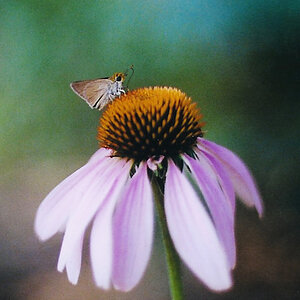prodigy2k7
No longer a newbie, moving up!
- Joined
- Apr 22, 2008
- Messages
- 1,668
- Reaction score
- 22
- Location
- California, USA
- Can others edit my Photos
- Photos OK to edit
Well I got a rebel XTi kit awhile back and I got a "wide angle" lens with it, a cheesey screw on (like filters) onto the end of a lens...
As shown here http://www.epelmart.com/images/all/1458W/1458W-unit.jpg
The lens is actually two pieces, one screws off,.
I took my 50mm F/1.4 and screwed on like a filter, the thin piece of the wide angle lens, screw it on like a filter, and you can get extreme macro up close results.
Note: It can ONLY be used for super up close, minimum focus length is like 1 inch, and maximum is like 2 inches haha...
Its just something i noticed playing around, got some interesting looking shots of flowers up close...
As shown here http://www.epelmart.com/images/all/1458W/1458W-unit.jpg
The lens is actually two pieces, one screws off,.
I took my 50mm F/1.4 and screwed on like a filter, the thin piece of the wide angle lens, screw it on like a filter, and you can get extreme macro up close results.
Note: It can ONLY be used for super up close, minimum focus length is like 1 inch, and maximum is like 2 inches haha...
Its just something i noticed playing around, got some interesting looking shots of flowers up close...


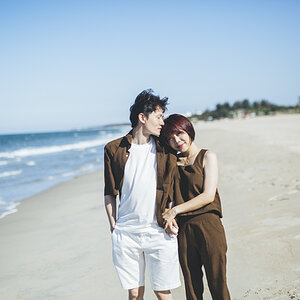
![[No title]](/data/xfmg/thumbnail/34/34148-864c8cb333c478b2dfb9e369908dc329.jpg?1619736320)
![[No title]](/data/xfmg/thumbnail/39/39286-ae386da044402acf92e55d8b68c26af3.jpg?1619738956)
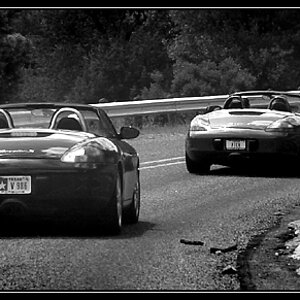
![[No title]](/data/xfmg/thumbnail/39/39289-c5ea6a611707fdd5786347f4a67d63ae.jpg?1619738957)
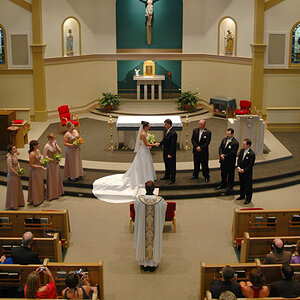
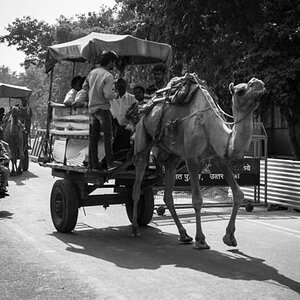

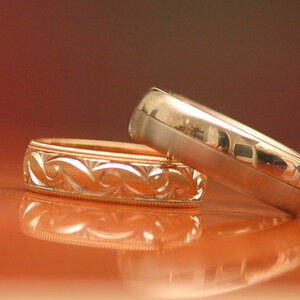
![[No title]](/data/xfmg/thumbnail/39/39288-2d76486ccc9042c6fb525aaaaffff1fb.jpg?1619738957)

